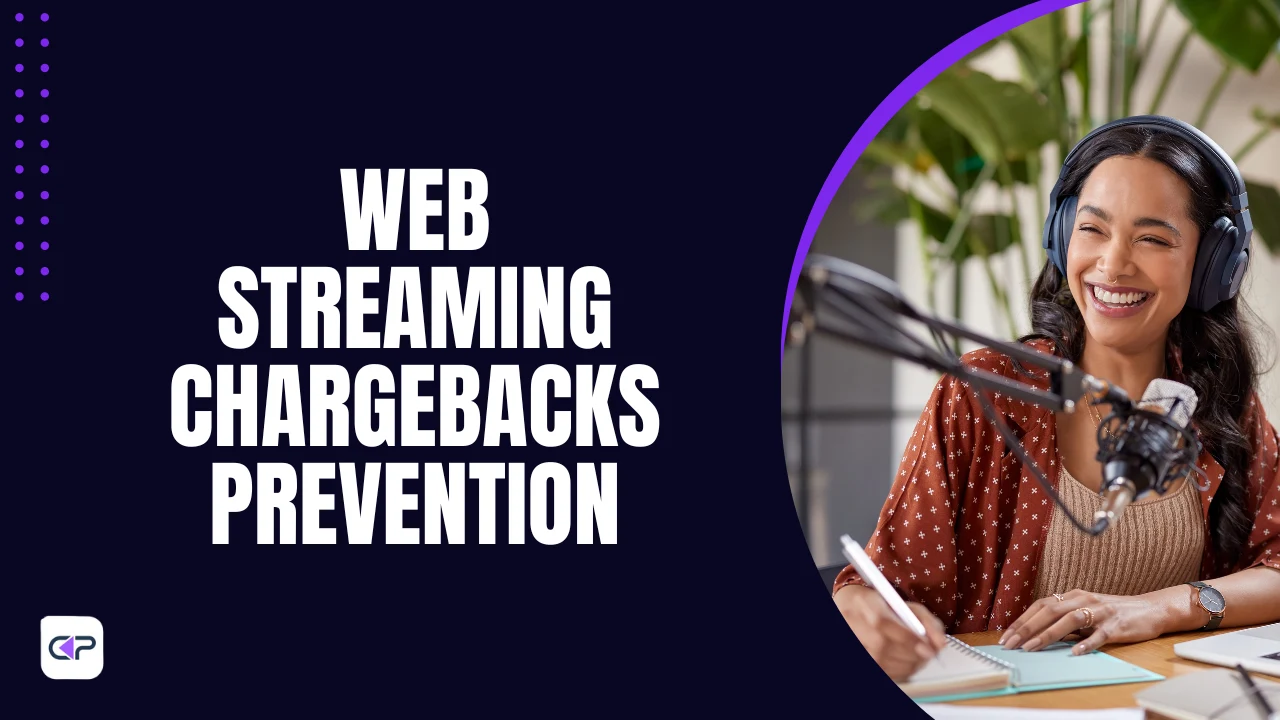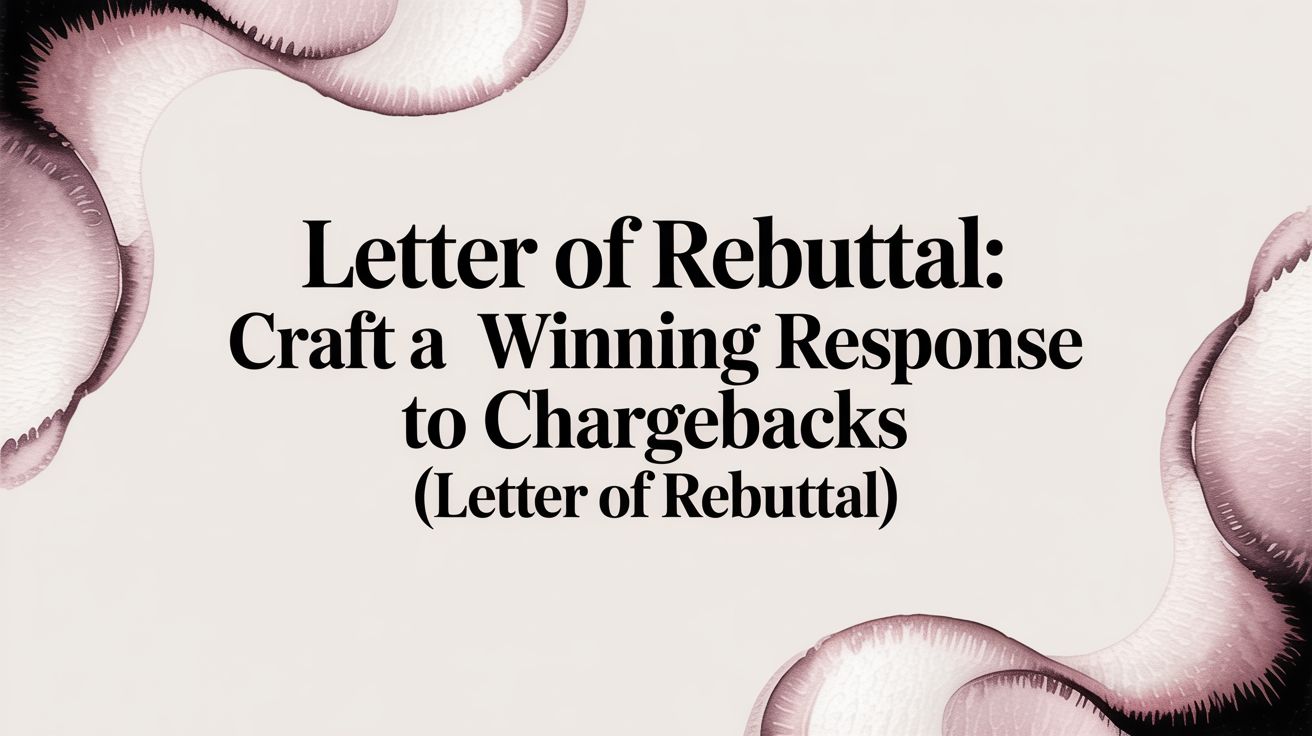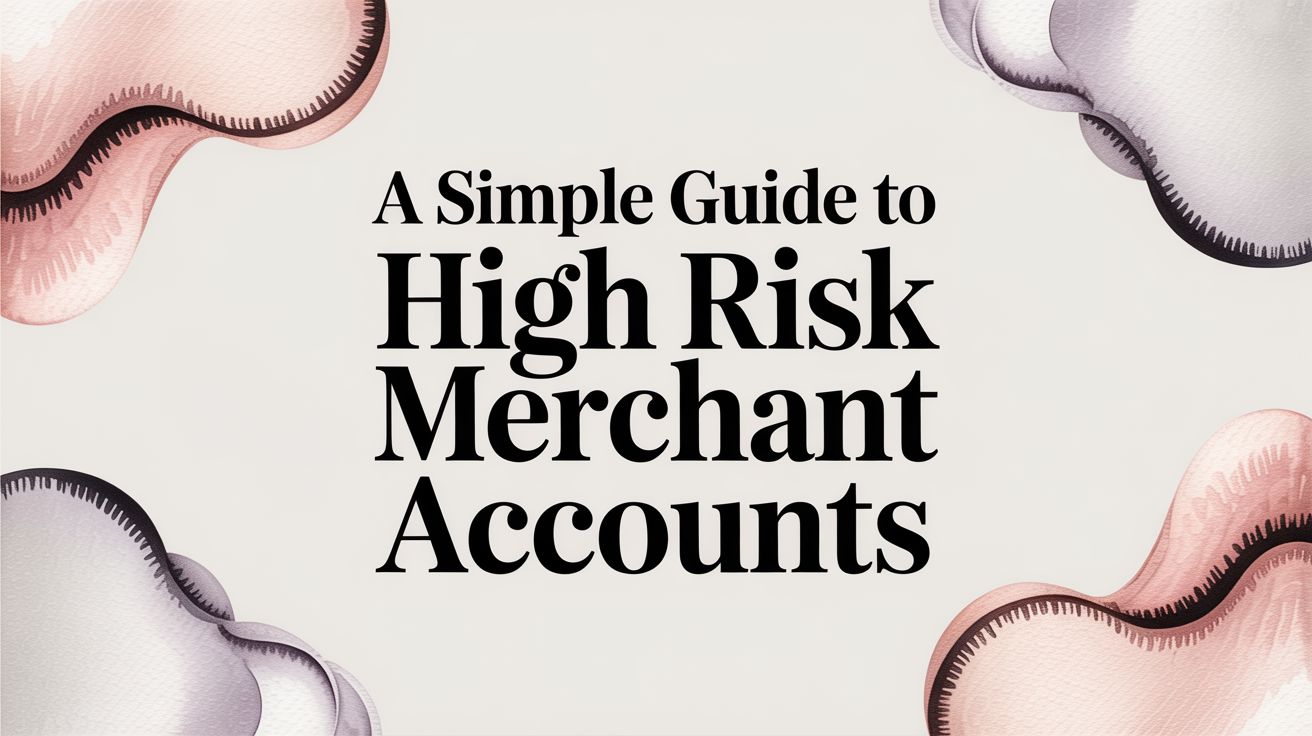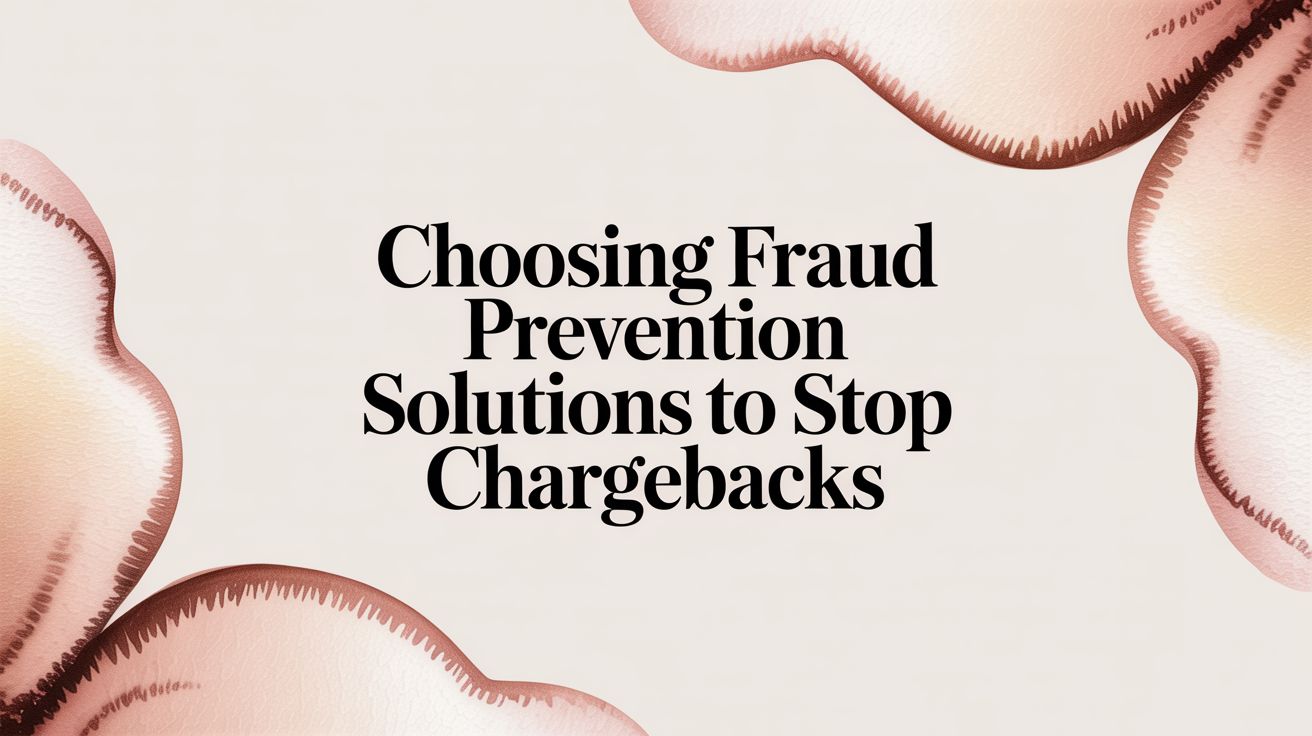
One of the industries we’ve seen emerge out of the blue is online streaming. Born out of the pure digital world, it was initially limited to gamers streaming their gaming sessions live. This industry has now grown beyond a single format to include all kinds of services such as a live podcast, meet and greet, mini-conferences, and more.
Live streamers have the means to monetize their live streams and earn money, while some rely on donations from viewers. It doesn’t matter if the income is from donations, ads, or subscriptions; they all account for a transaction, which can be reversed by the givers/donors; aka, all streaming services can be chargebacked.
This is the reason why, live streamers need to have a chargeback management and resolution process in place. And we’ve brought this guide together to help you chart a course of action to manage chargebacks in web streaming.
What do chargebacks mean to streamers?
The general process of a chargeback refers to the reversal of a transaction as initiated by the customer. So, the donor or payer, for some reason, raises a chargeback request with a third-party payment gateway or issuing bank because they want their paid amount back. It doesn’t work like a refund because the request is not raised with the merchant (a liver streamer in this case), and the transaction is forcibly reversed. Whereas, a merchant initiates a refund voluntarily.
Chargebacks, though negative, come with a chance to rectify them, and there’s a process to handle them. Streamers are notified about the chargebacks after the charge reversal is done. They get a fair chance to fight the chargebacks by proving the chargeback request is invalid. Evidence is required to prove their claim, which should be done within the timelines and format of the issuing bank or payment gateway (wherever the chargeback request is raised). Streamer will win back their money if they win the case with the evidence.
What about donations and third-party platforms like Twitch?
Even donations made by your viewers are eligible for chargeback because they are generally made via debit or credit cards. As a rule of thumb, all debit and credit card transactions made through third-party platforms like PayPal can be chargebacked, including donations. Twitch is the most popular online streaming service with inbuilt payment options. Twitch allows chargebacks and has its own set of processes and rules for chargebacks, as does any other platform. As the owner of your streaming business, you need to be aware of the process and fight the chargebacks in the right way if you want to win it.
How do chargebacks affect streamers?
There are multiple ways that streamers use to monetize their live streams. The general way is through subscriptions, ad revenues, affiliate programs, merchandise sales, and so on. There are streamers who do it for additional income, but there are also full-time streamers who depend on it entirely.
For those who depend on this income, chargebacks can pose a big threat. The reason is, that chargebacks are not just a loss of money from transactions; they also have certain fees and charges attached to them. This can cause a potential disruption to your income or result in a huge loss. Not to forget about the legal implications and charges they could bring as well. If you do not want a blockage in your income sources plus extra expenses, you must have a chargeback management process in place.
What are the most common reasons for chargebacks in web streaming?
You might be thinking why would a donor who voluntarily paid you money would want it back. Surprising, but there is a high degree of possibility for it to happen.
Here are the reasons why people chargeback donations and transactions made to live-streaming services:
Reconsideration
Donors who, for example, made a lot of expenses for the month or want to cut down on their expenses find donations as a likely source of recovering a portion of what they’ve spent. They may even chargeback transactions if they’ve donated more than they intended to. Some of the donors might even try to recover their donation amounts if they’re short on money to purchase something. Irrespective of the reason, donors can and may chargeback payments they’ve made out of good grace.

Fraud
Frauds can be friendly as well as true. Some examples of friendly fraud are when donors make a donation and forget about it. When it flashes on their account statements, they immediately go for a chargeback claiming unauthorized transactions. When a child uses their parent’s card to make a donation that adults have no clue about. Adults go for the chargeback route, which is again a friendly fraud. Making a donation with malicious intent, wanting to hurt a streamer’s reputation via multiple chargebacks, and other similar situations are also cases of friendly fraud.
True frauds, on the other hand, are - stolen account credentials used to make donations, unauthorized transactions, theft, and more.
Errors
Payment-related errors such as system errors, double billing, incorrect amounts deducted, or any other unique cases of errors fall under this category. Customers can report such transactions and claim chargeback reasoning errors.
Service issues
The general scenarios here applied to streams that sell merchandise. Any disparities in product delivery, quality, quantity, and more, can be chargebacked. It also applies to streamers offering subscription-based services. Viewers may not agree with the total subscription amount or there might be some renewal or hidden charges they do not believe they must pay.
Reward theft
Streamers often offer rewards for donations of certain amounts or numbers. Some customers may have ill intentions to bag the reward for free. They make the donations to earn the reward, and when they do receive it, they chargeback the donations made.
Should you be worried about too many chargebacks on your live streams?
Yes, because payment processors flag streamer accounts with a high chargeback ratio as potentially risky clients. They can take this a step ahead and ban your account or blacklist it, which would ultimately stop you from receiving or sending payments. Risky accounts also bear a high transaction fee compared to the other accounts.
That’s another reason why you need to handle your chargebacks efficiently.
Can web streamers fight chargebacks?
Just like any other product or service offered, web streaming services get a fair chance to fight chargebacks. The process or approach is, however unique to its payment provider, which is something streamers must take note of. If you follow the right process and build a strong evidence directory, you are more likely to win the chargeback and your streaming income.
Follow the process prescribed by the platform on which you received a chargeback request. To get you started, here’s how the general framework of chargeback is positioned:
- Donor/viewer files a chargeback request
- The third-party provider evaluates and processes it, or refuses it
- The amount gets reversed when the request is accepted
- The third-party provider notifies you about it
- You need to respond to the notification by either accepting it or disputing it
- If you choose to fight, you need to gather documents that prove its validity as evidence and submit them along with a rebuttal letter
- If you win, you will earn back your business money.
Additionally, here is the list of documents that serve as evidence:
- Transaction ID and confirmation email
- Video clips or chat logs
- A screenshot of the stream or donation page
- Consent statements
- Terms and conditions of the donations made
How to make the most of chargeback management?
You cannot just manage the chargeback process but also take measures to prevent them from happening. There are a bunch of best practices that you can adopt, or have some strategies in place to minimize the number of chargebacks you receive. Here are some of them:
1. Keep track of chargeback metrics
You must keep notes of the chargeback rates and the reasons why they are happening. Study any recurring patterns or trends in them, and take measures to rectify any gaps in your services and payments.
2. Be quick to respond
It is critical to immediately respond to the chargeback notification with a response. No response is automatically considered ‘accepted’, following which you will lose your chance to fight for the chargeback.
3. Fight back unfair chargebacks
When you come across an unfair chargeback request, fight for it. Gather evidence to prove the legitimacy of the transaction and submit it. It is okay to let go of a tiny amount, but a huge amount or multiple chargebacks from the same account must be fought.
4. Assess chargebacks for improvement
Visit your previous chargeback records to understand what’s missing or how you can improve your management and prevention processes. Based on your findings, introduce changes in processes and strategies to fight chargebacks.
5. Adjust your process and policies
You must always update your pricing policies, terms and conditions, refund policies, and other similar billing or customer support processes.
Think it’s a big deal for you to manage the complications of chargebacks? ChargePay can help! Chargepay is an AI chargeback management solution that effortlessly handles your chargebacks, allowing you to concentrate on expanding your streaming operations. With an average winning rate of 87%, we can help you refocus on enhancing the viewer experience for web streaming.







.svg)







.svg)
.svg)
.svg)